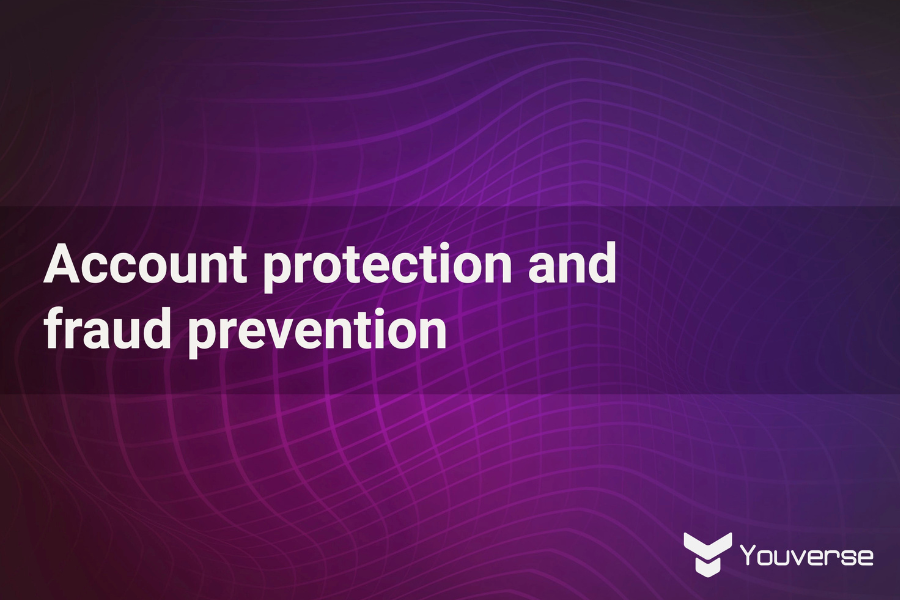Safeguard your business: The rise of video injection attacks and how to stop them Written on

Verifying a customer's identity is no longer just a security measure – it's a cornerstone of business health. From preventing fraudulent transactions to building trust with customers, robust identity verification is essential for any business that operates online. However, with increased reliance on digital channels comes a rise in sophisticated fraud attempts. This article explores a growing threat — video injection attacks.
These attacks go beyond the classic tactic of holding up a fake ID (presentation attack). Instead, they bypass the camera entirely, injecting manipulated videos or even deepfakes directly into the system's data stream. Understanding how video injection attacks work and the potential damage they can cause is crucial for businesses to safeguard their customers and their bottom line.

What is a video injection attack?
Imagine trying to verify identity online, like opening a new bank account. Normally, you might take a selfie or do a quick video call. But what if a sneaky attacker could inject into the system a vídeo of someone else that cannot be distinguished from a camera feed? That's the concept behind a video injection attack.
These attacks aim to bypass identity verification systems, particularly those using facial recognition. While most identity verification systems have ways to detect fake photos or videos held up to the camera, video injection attacks take a more sophisticated approach. That's why understanding them is crucial for businesses.
How do video injection attacks work?
Unlike presentation attacks where a fraudster holds up a fake photo or video in front of a camera, video injection attacks operate under the hood, bypassing the camera altogether. This creates a stealthy threat that businesses need to be aware of. They might use malicious code hidden in websites, software that creates fake video feeds, or even hardware devices that inject pre-recorded footage. Adding another layer of complexity, deepfakes – hyper-realistic AI-generated faces – can potentially be used in video injection attacks.
Read more about deepfakes here
Defending against video injection attacks
Video injection attacks pose a significant threat, but they're not invincible. Businesses can combat them by adopting a layered security approach – a multi-pronged defense that addresses vulnerabilities at various stages.
The first step is to understand the enemy. Creating a comprehensive "attack tree" helps identify all potential weaknesses in the video capture process, including vulnerabilities to pre-recorded footage or deepfakes. This tree maps out different attack vectors, allowing you to prioritize your defenses.
Liveness detection, for instance, emerges as a crucial countermeasure identified through this process. By analyzing video signals for subtle inconsistencies like discrepancies in data paths or lighting variations, AI-powered liveness detection can effectively detect these attempts to bypass the system.
Inconsistencies can manifest in several ways and liveness detection algorithms can analyze the way data arrives in the system, track subtle changes in lighting that occur naturally due to a person moving or blinking, something a static image or prerecorded video wouldn't replicate, and analyze other patterns that distinguish an intruder from the authorized user.
To really lock things down, the best systems use a combo of challenge-response and depth sensing.
Read more about liveness detection here
Continuous improvement is key
The world of cyber threats is constantly evolving. Regularly adapting your defenses is crucial. New attack vectors may emerge, so staying vigilant and incorporating the latest identity verification solutions is vital for maintaining a strong defense.
If you’re wondering how to do this – don't panic. We’ve got your back.
Youverse’s solution has certified liveness detection for both 3D and 2D presentations, making sure access is granted only to authorized users.
Book a demo and see it for yourself 🚀






